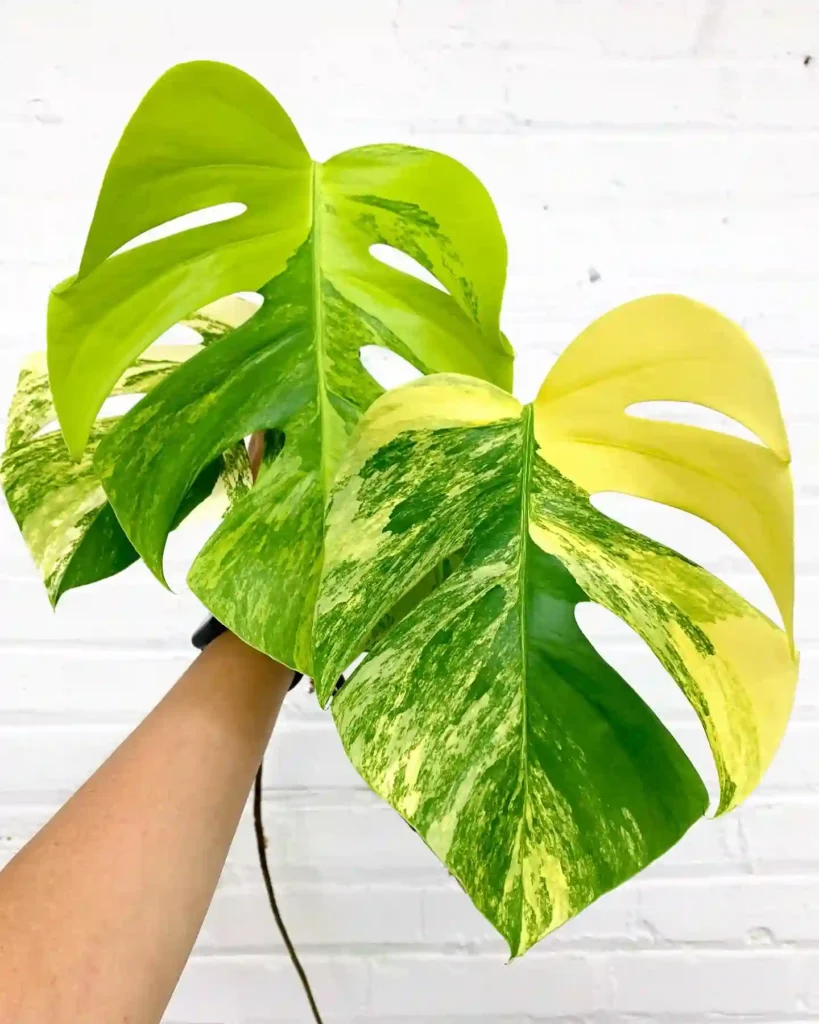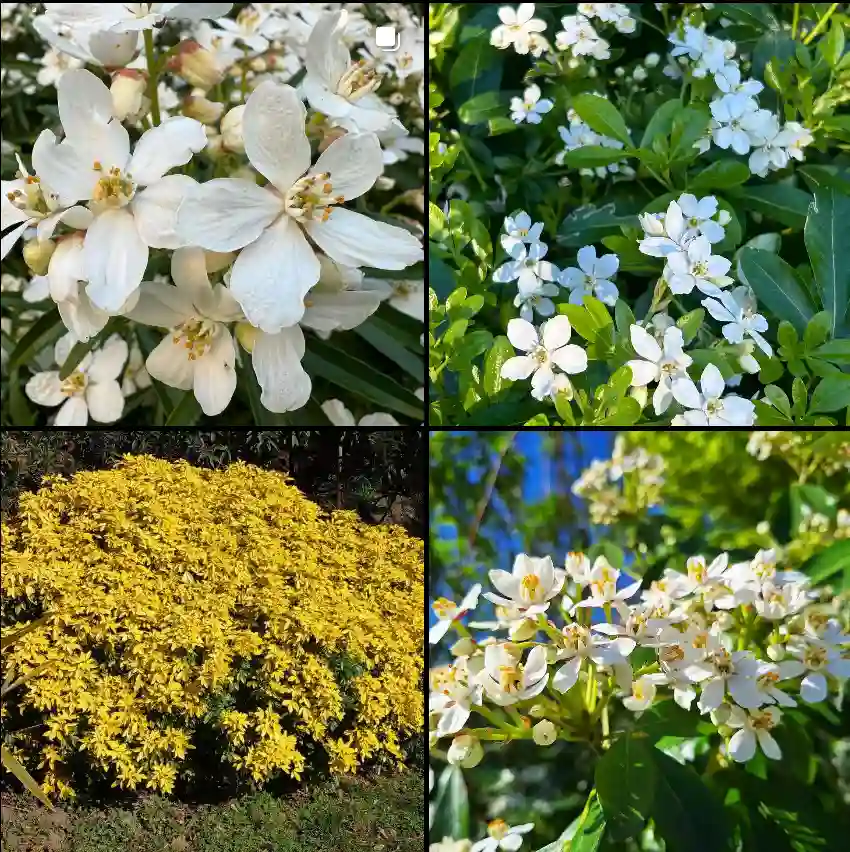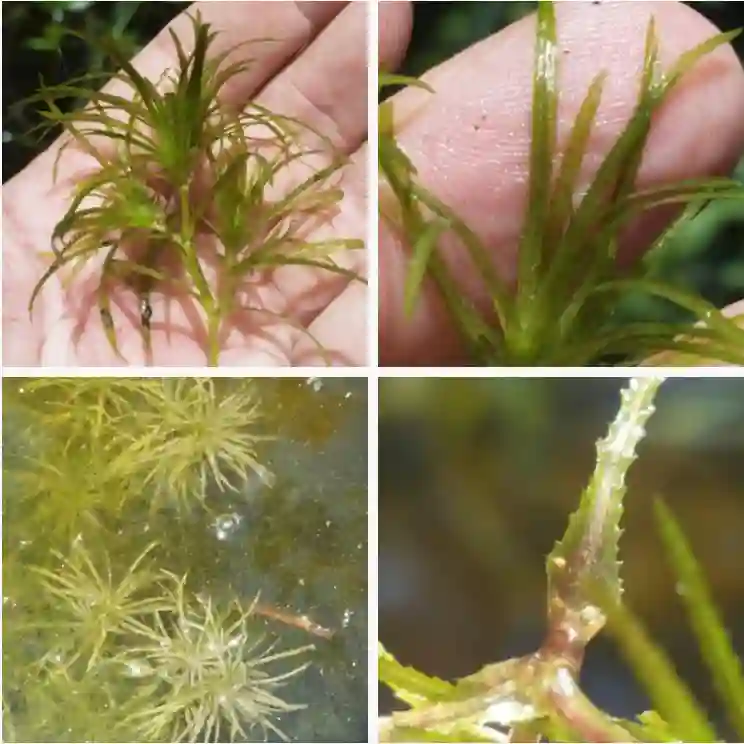Exploring the Tapisciaceae Family: My Journey with Tapiscia and Huertea
The world of plants never ceases to amaze me, and my recent exploration of the Tapisciaceae family has been no exception. This family, though not as widely known as others, offers some fascinating botanical insights. Comprising just two genera—Tapiscia and Huertea—Tapisciaceae might seem modest in terms of diversity, but it’s rich in ecological and morphological characteristics. Let me take you through what I’ve learned and experienced with these intriguing plants.
Discovering the Tapisciaceae Family
I first encountered the Tapisciaceae family while researching unique and lesser-known plant families. This family is not commonly found in horticulture circles, which piqued my interest even more. The Tapisciaceae family is primarily distributed in tropical and subtropical regions, particularly in parts of Asia and Central America. The two genera, Tapiscia and Huertea, share a few similarities but also have distinct characteristics that make them noteworthy in the botanical world.
Understanding Tapiscia: The Asian Connection
Morphology and Habitat
Tapiscia, native to China and parts of Southeast Asia, is a small genus with only one recognized species—Tapiscia sinensis. This tree can grow up to 25 meters tall and is often found in evergreen broad-leaved forests. Its most striking feature is the inflorescence: a beautiful cluster of small, white flowers that bloom in late spring. The flowers give way to small, winged fruits, adding to the tree’s ornamental appeal.
Ecological Importance
Tapiscia trees play a crucial role in their native ecosystems. They provide habitat and food for various bird and insect species, contributing to the overall biodiversity of the region. The dense foliage offers shelter, while the flowers attract pollinators, ensuring the survival of various plant and animal species in the vicinity.
My Personal Experience with Tapiscia
Seeing a Tapiscia tree in full bloom is a sight to behold. I remember visiting a botanical garden in China where I had the opportunity to observe a mature Tapiscia sinensis. The cascading flowers were not only visually stunning but also attracted a myriad of pollinators, from bees to butterflies. It was fascinating to see how a single tree could be such a hub of activity, supporting an entire micro-ecosystem.
Delving into Huertea: A Central American Marvel
Morphology and Habitat
On the other side of the world, Huertea represents the Tapisciaceae family in Central and South America. This genus, which includes several species like Huertea glandulosa, is characterized by its small to medium-sized trees or shrubs. Huertea species are typically found in moist, montane forests, thriving at elevations between 800 and 2,000 meters.
Ecological Significance
Huertea plants are known for their adaptability to different environmental conditions. They often grow in mixed forests alongside other native species, contributing to soil stability and forest structure. Their flowers are less showy than those of Tapiscia, but they still play an essential role in attracting pollinators and supporting local wildlife.
My Encounter with Huertea
My first encounter with Huertea was during a trip to Costa Rica. I was on a guided hike through a cloud forest, and our guide pointed out a small Huertea tree growing along the trail. While not as visually striking as the Tapiscia, I was impressed by its resilience and ability to thrive in such a humid, challenging environment. The tree seemed almost out of place amidst the lush vegetation, yet it was clearly thriving, a testament to its adaptability.
The Botanical Significance of the Tapisciaceae Family
Despite their limited distribution and small number of species, the Tapisciaceae family holds significant botanical interest. These plants provide valuable insights into plant evolution and adaptation, particularly in response to diverse environmental conditions across continents. Both Tapiscia and Huertea have evolved to occupy specific ecological niches, demonstrating remarkable resilience and adaptability.
Conservation Concerns
One of the concerns I have regarding the Tapisciaceae family is its vulnerability to habitat loss. Both Tapiscia and Huertea grow in regions that are under threat from deforestation and human encroachment. Protecting these unique plants and their habitats is crucial for maintaining biodiversity and ecological balance.
Conclusion: A Personal Reflection
Exploring the Tapisciaceae family has been an enriching experience for me. Both Tapiscia and Huertea represent the resilience and diversity of plant life on our planet. Whether it’s the delicate, cascading flowers of Tapiscia or the hardy, adaptive nature of Huertea, these plants remind me of the beauty and complexity of nature. They may not be the most famous members of the plant kingdom, but their unique characteristics and ecological roles make them truly remarkable.
In my journey as a plant enthusiast, I’ve learned that sometimes the most rewarding discoveries come from exploring the lesser-known corners of the botanical world. The Tapisciaceae family, with its limited but fascinating genera, is a perfect example of this. I hope to see these plants gain more recognition and conservation attention in the future, ensuring that they continue to thrive and inspire awe for generations to come.
If i die, water my plants!



